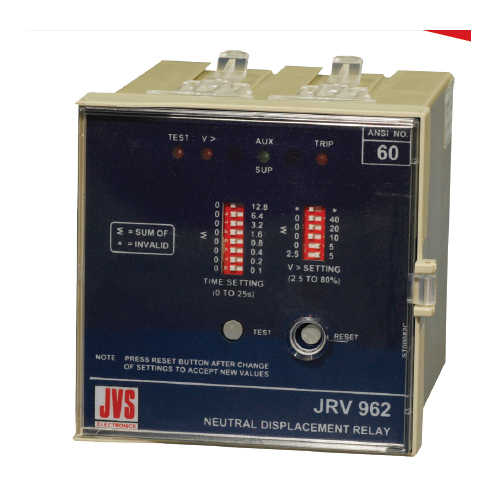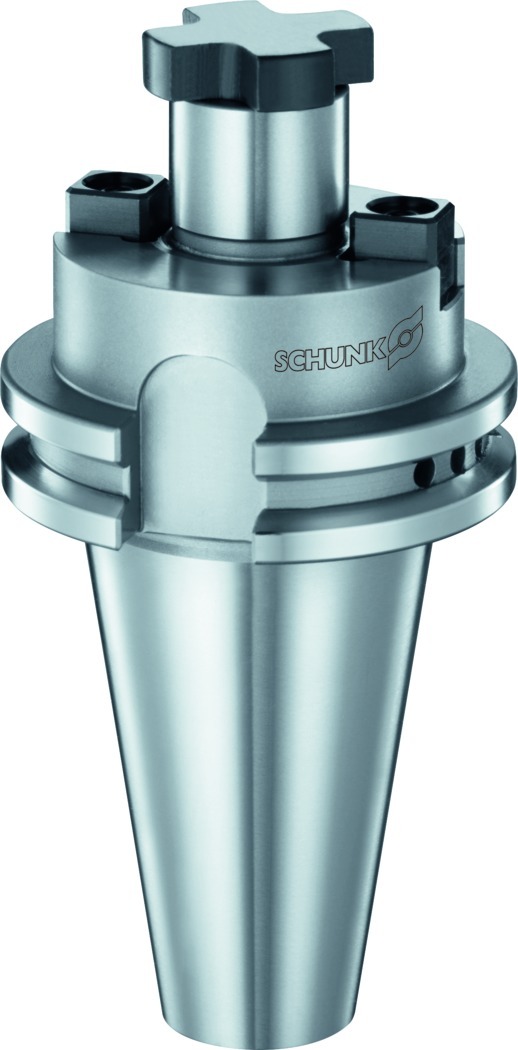Schedule a Call Back
Measurement Technologies for Functional Plastics
 Technical Articles
Technical Articles- Dec 04,12

Among the multiple manufacturing activities that happen in Indian industries, measurement is the most important one, around which the entire industry revolves. Man, as anyone knows, got civilised and moved faster when he decided to get systematic and start measuring. What began with clocks to measure time, went on to measure objects, which led to counting instruments, dimensional instruments, electric measurements, electronic measurements, gravitational measurements, magnetometers, particle detectors, speed sensors and X-ray instrumentation. The list does not stop there and extends to a plethora of instruments and there is almost nothing left unmeasured. Or perhaps, completely nothing is left unmeasured.
Measurement is a discipline which paved way for many inventions. Every industry accentuates its product and moves to the next higher grade using measurements as an important tool. Measurement is an important aspect of the plastic industry which is implemented in both manufacturing and quality control stages. In the plastic industry, production is carried out in different parameters such as colours, dimensions, thicknesses, texture, patterns and embossing. Be it a garbage bag or a high end plastic product, the most perfect and functional one is not possible without effective use of measurement technology. The functionality of plastic as a packaging product is enhanced with complex layer composition which is deftly done with the help of measurement technology.
Such measurement technologies are prepared for the thinnest possible layers. Let's take the case of ethyl vinyl alcohol which is more popularly known as EVOH. It acts as a barrier film which protects the shelf life of its ingredients. The thickness of this functional layer is usually between 1 to 20 microns. EVOH is used in plastic fuel tanks to reduce HC emission. Measuring the thickness of the EVOH layer has an important say on the quality of the plastic fuel tank. Instead of time consuming methods like cutting a portion of the EVOH wall, one could rather use ultrasonic measurement. Ultrasonic pulse echo methods are proven to measure thickness of multi-layered engineering materials.

Overlapping of first and second echoes, which occurs frequently in thinner layers, is avoided by using highest possible frequency. The factors that limit such high frequencies are conquered by space alternating generalised expectation (SAGE) maximation algorithm which estimates thin layers with high precision. The multi-layer signal is computed by a sum of amplitude modulated and time delayed Gaussian echoes. In simple words, the problems of multiple echo estimation are solved by replacing it with estimation of single series of echoes.
Measurement is also integrated with the manufacturing process of plastic by using non-contact temperature measurement. Non-contact temperature measurement is done with the help of infrared sensors and plays an important role in process monitoring and control of plastic manufacture. It thus enhances quality of the resultant product.
Visualising thermal procedures with the help of pyrometers helps monitor and optimise the manufacturing process. Pyrometers are fitted in thermoforming and packing machines, where they heat materials till 190oC and make it more homogenised and uniform. This is followed by a predefined cooling process. The temperature regime is carefully handled by the infrared sensors so that local combustion and crack formation are avoided.
ARAMIS is a non-contact measuring system which is also material independent and used in plastic manufacture. It is an optical 3D deformation analysis which assists the user to understand material and component behaviours. The method is popularly used in experimental stages both in static and dynamic cases. Using this method, one could obtain accurate information about surface co-ordinates, displacements and velocities in 3 dimensional perspective, surface strain values and strain rates. This measurement technology is used in polymer manufacture where plastics are processed in extruder and assimilated to granules. The varying moisture levels and electric properties do not affect the measurements, thanks to ARAMIS 3D technology. This sensor provides accurate measurements without taking the filling method, vessel shape, heap surface angle and product attributes into account.
Germany-based Precitec Group, which is an expert in laser material processing and optical measuring technology, presents CHRocodile series of optical measuring technology which works with infrared light and is enhanced with easy gauge measurement for thin wafers. The entire interferometric sensor procedure is enhanced by highly dynamic and exceptionally good signal/noise ratio. They provide damage free measurement for transparent and opaque plastic foils.
Researchers from Fraunhofer ILT and IKV have teamed together to develop a system that measures plastic films based on interferometric sensor which uses infrared light to detect refractive index changes in the plastic that is subjected to measurement processes. Such refractive index changes could be detected both on the surface of plastic films as well as in the transitions between individual film layers.
Colour measurement is an important aspect of implementing quality in plastic industry. The technology is used in plastic based industries such as plastic processors, moulders, extruders and resin manufacturers. Colour measurement is done using colorimeters. Numeric colour control technology helps the user to obtain target colour with minimum trials and errors. The user could also obtain desired colours with the limited availability of pigments or resins.
Part rejections based on out-of-tolerance colours are minimised or avoided with the help of colorimeters. Maintaining colour standards with the help of colorimeters help manufacturers to maintain uniformity and match components manufactured at different locations. Automotive industries which use plastics are highly benefitted by colorimeters.
Colorimeters are also used to measure carbon black in plastics. When manufactured plastics are used in electronic industry, the presence of conductive carbon black has an important say here. Carbon black not only enhances the electric conductivity, but also protects the plastic compound against ultraviolet light degradation. Important properties of carbon black such as size, structure and purity are ensured with the help of carbon black measurement.
Delta E method is a common method to measure carbon black in plastics. It has a drawback where the user cannot determine a colour that is beyond the tolerance levels. Delta L method is more useful in this case because it gives magnitude and direction of the differing black colour strength. In cases where blue is an inevitable undertone, Delta B method could be used to measure carbon black. Masstone testing is done for carbon black dispersed in plastic and is done for carbon black dispersed in titanium dioxide or zinc oxide in plastic resin. The dispersion attributes have an important role in choosing the testing phenomenon for carbon black in plastics.
PosiTector 200 probe is used to detect plastic measurements in automotives. Measuring plastics is an important ritual in the automotive sector. Interior plastic components in automotives such as dashboards, door panels, airbag covers are difficult to be measured by PosiTector 200 probe because they are geometrically complex and have different textures of coatings. However such technology is easily carried out in exterior automotive parts such as bumpers, mirror shells and side claddings.
UK-based Vision Engineering has developed 'Hawk' which is a unique non-contact measurement system that could be used in manual, motorised or automatic method. Hawk is used to check plastic automotive components in terms of function, tolerance and aestheticism. This technology helps to gauge high contrast and low contrast colours effortlessly which is otherwise a cumbersome process while measuring automotive plastics.
Shimadzu Corporation has developed the Autograph, which measures friction between plastic films within two films or between plastic film and another material. The technology is compatible with the company's Trapezium X software.
Plastic measurement of all the above mentioned perspectives, and the cost effective methods to do the same, are important factors in determining the price of quality functional plastics. The benefits of plastic measurement have encouraged research activities in this regard to a great extent. Requirements of plastic plant builders and plastic film producers are the focus points in such research activities. Co-operation and suggestions of end users also play an important role in research activities. (Photographs used are for illustrative purpose only)
Related Products

Single Pole, Neutral Displacement Relay
JVS Electronics
Pvt Ltd offers a wide range of single pole, neutral displacement relay -
JRV 962.

Face Mill Arbors
Schunk Intec India Pvt Ltd offers a wide range of face
mill arbors.

Hardy - Chassis Mounted Weighing Card for Rockwell PLCs
Kore Mechatronics Private Limited offers a wide range of
hardy - chassis mounted weighing card for Rockwell PLCs.
















